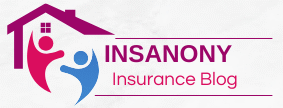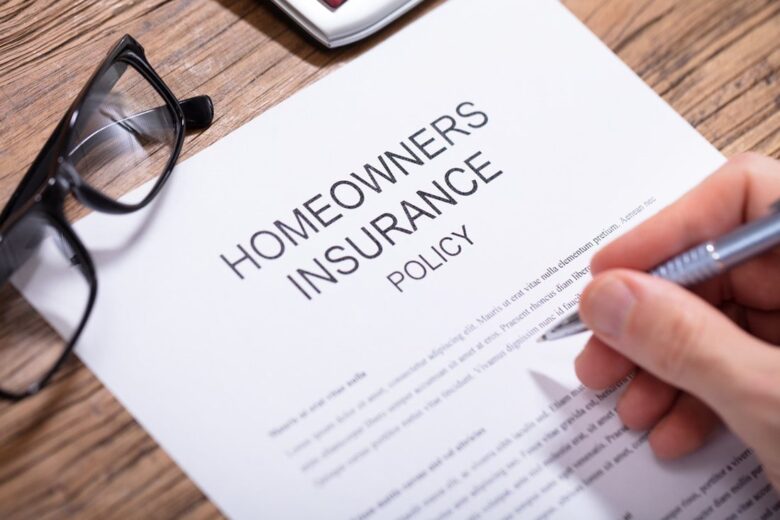Homeowners insurance policies protect not only against storms and break-ins, but can also cover costs related to any repairs on damaged properties and safeguard against lawsuits that might ensue.
Look for extra features and high coverage limits, such as guaranteed replacement cost coverage. Liability limits should match or surpass your net worth for optimal protection.
1. Damage to Your Home
Home is your most significant investment, so safeguarding it against unexpected circumstances should be top of mind. From repairs to replacing belongings, home insurance should help cover these costs up to your coverage limits minus an out-of-pocket deductible amount.
Homeowner policies like the popular HO-3 offer coverage that helps repair or rebuild the primary physical structure and attached structures such as porches or detached garages on your property, such as porches and detached garages. Other structures coverage provides cover for other stand-alone structures on your property such as fences and sheds while personal property coverage offers you peace of mind that your possessions won’t be stolen, damaged, or lost.
Standard home insurance typically does not cover flood or earthquake damage as well as wear-and-tear. Thankfully, separate flood and earthquake policies are available to protect your home against these events; furthermore you can purchase specific endorsements such as Valuable Articles Endorsements for high-value items like jewelry and artwork and Equipment Breakdown coverage for household systems like plumbing, air conditioning and appliances.
2. Damage to Your Personal Property
Property damage occurs when your belongings are injured or destroyed, usually by certain perils that are covered under your homeowners policy (like fire, windstorm and theft). Home insurers usually cover repair or replacement when personal items are damaged due to fire, windstorm and theft but other catastrophes like flooding and earthquakes typically require special coverage that you must purchase separately from them.
Your homeowner’s policy typically covers replacement of items in your home or personal property at their actual cash value minus depreciation, while some policies offer functional replacement cost coverage that allows you to replace items using similar but potentially cheaper materials.
If someone else’s negligence causes damage to your property, filing a claim with the appropriate authorities can be the solution. But this process often involves complex analysis of policies and tense discussions with insurance providers; legal assistance from experienced property damage lawyers will help you navigate this complex path to compensation. Our property damage lawyers offer sound guidance so that your claim goes as smoothly as possible.
3. Damage to Your Personal Liabilities
Homeowners insurance provides protection for both physical and personal property loss in a home, including furniture, electronics and clothing. Most policies reimburse these items at their actual cash value; which typically accounts for their current condition and depreciation over time. Some policies offer replacement cost coverage with higher limits that may help eliminate depreciation gaps altogether.
Liability coverage in standard homeowners policies helps cover injuries or damage caused by negligence on your property, and legal expenses related to an incident related to it. Liability limits typically range between $100,000 and $500,000 with options for higher limits through umbrella policies.
Your policy could also cover medical payments made out to injured parties who were on your property as well as extra living expenses incurred if repairs or rebuilding work is underway. Some insurers also offer specific endorsements such as sewer backup protection and sump pump overflow protection.
4. Damage to Other People’s Property
Homeowners insurance serves to safeguard the financial interests of those who own properties by covering against certain perils and providing liability protection if they or family members injure others, in addition to covering additional living expenses when their home becomes inhabitable due to covered damages.
Homeowner policies typically cover dwelling, personal property, and any damages to third-party properties. Dwelling coverage typically extends beyond just the main house to garages, sheds, porches, decks and sheds as well as built-in appliances like furnaces and refrigerators.
Personal property coverage refers to any non-house belongings you own – clothing, furniture and electronics devices included – not attached to your house and typically covers them worldwide minus your deductible. Most homeowner policies have dollar limits on how much an insurer will reimburse if stolen items are reported stolen; for instance they typically limit jewelry coverage to $2,500. If you want higher limits than this is available as an endorsement; however this will cost extra.
5. Damage to Other People’s Liabilities
Homeowners insurance provides compensation to cover repairs or rebuilding costs and safeguard the personal property within. Furthermore, it protects you against liability issues related to injury or property damage caused by your home or pets that could otherwise occur.
Dwelling coverage – which pays to repair or rebuild your home should it be destroyed by covered events like fire, lightning or windstorm – is an integral component of a homeowners policy; however, it should not be the only coverage to consider.
Other structures (like a garage or shed ) typically fall under other structures coverage, which usually uses an identical rating system, while personal property coverage covers things such as clothes, furniture, electronic devices and jewelry that don’t belong to your home if stolen or damaged due to an insured event.
Imagine this: your Syracuse, New York home becomes the scene of an accident when a guest visits to take piano lessons or buy handmade jewelry and slips on an icy porch, breaking his leg. He could face costly medical expenses as well as lost wages that exceed your limited liability limit; in such circumstances a personal umbrella policy is available to cover these expenses.




